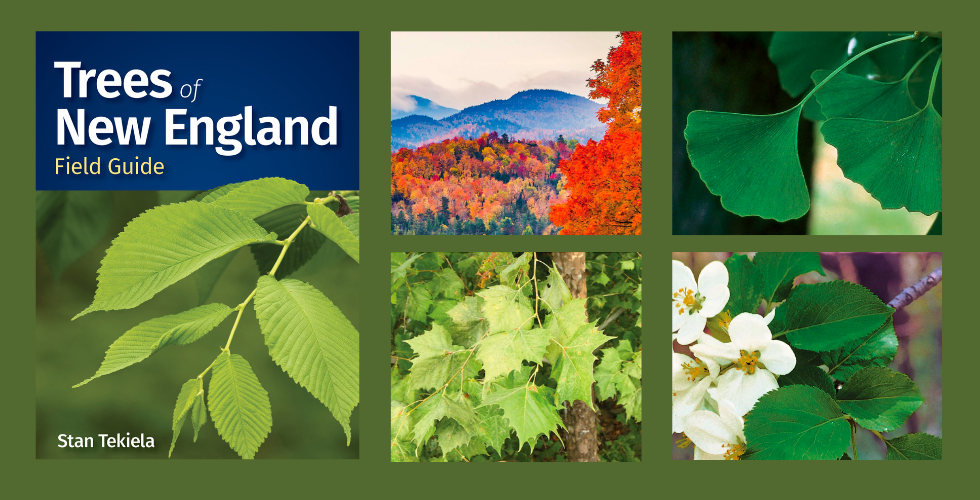
Discover the Bounty of Trees of New England with Stan Tekiela’s Trees of New England Field Guide
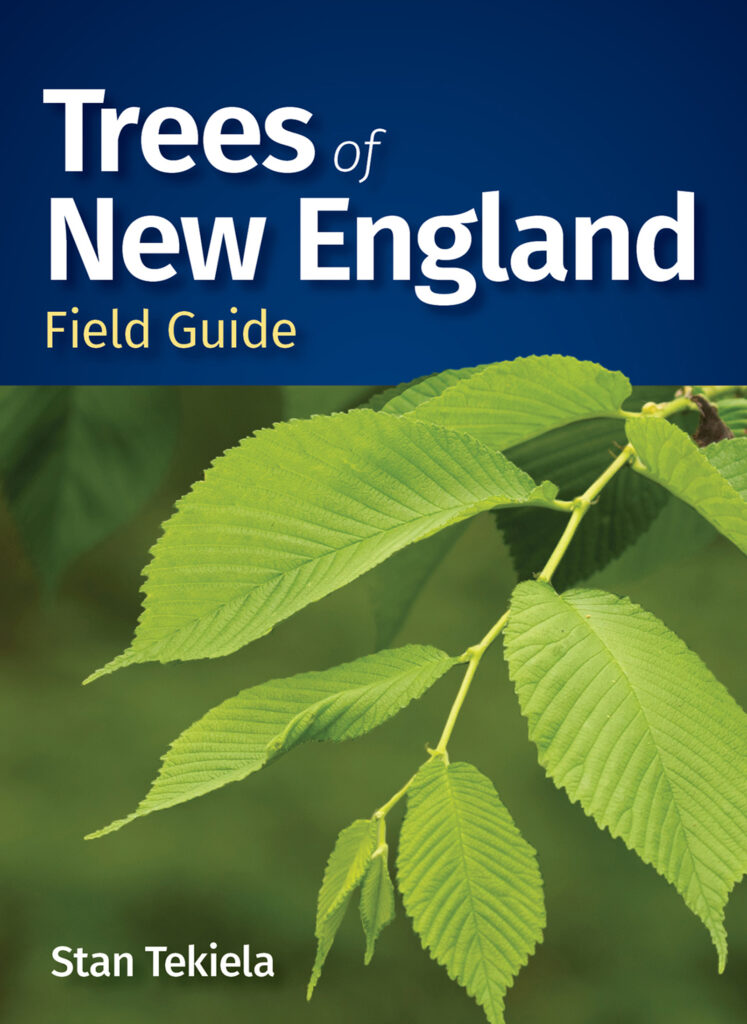
New England is a great place for anyone interested in trees. With the Trees of New England Field Guide, you’ll be able to quickly identify 117 of the most common trees in New England—most of which are native to the region.
This guide also includes a number of common nonnative trees that have been naturalized in New England. This book makes no attempt to identify cultivated or nursery trees.
Because this book is a unique all-photographic field guide just for New England, you won’t have to page through photographs of trees that don’t grow in the region—or attempt to identify live trees by studying black-and-white line drawings.
WHAT IS A TREE?
For the purposes of this book, a tree is defined as a large woody perennial plant, usually with a single erect trunk, standing at least 15 feet (4.5 m) tall, with a well-defined crown. Trees of New England Field Guide helps you observe some basic characteristics of trees so you can identify different species with confidence.
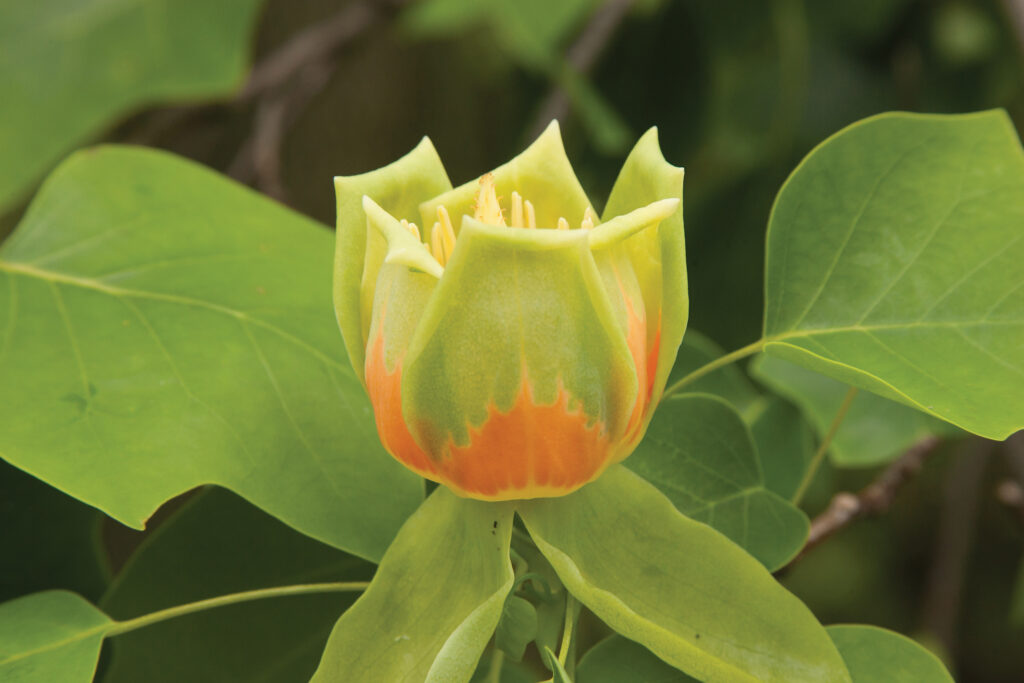
THE BOOK FEATURES
- 117 species: Every native tree, plus common nonnatives
- Easy to use: Thumb tabs show leaf type and attachment.
- Compare feature: Decide between look-alikes.
- Stan’s Notes: Naturalist tidbits and facts
- Professional photos: Crisp, stunning full-page images
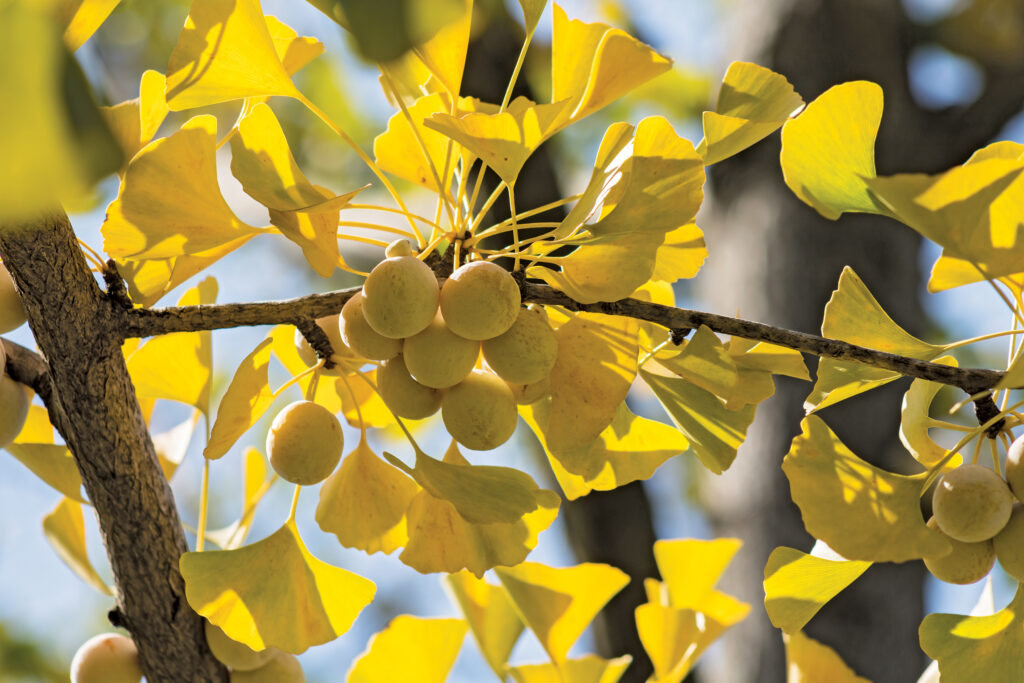
Trees of New England Field Guide helps ensure the positive identification of trees in Connecticut, Maine, Massachusetts, New Hampshire, Rhode Island, and Vermont.
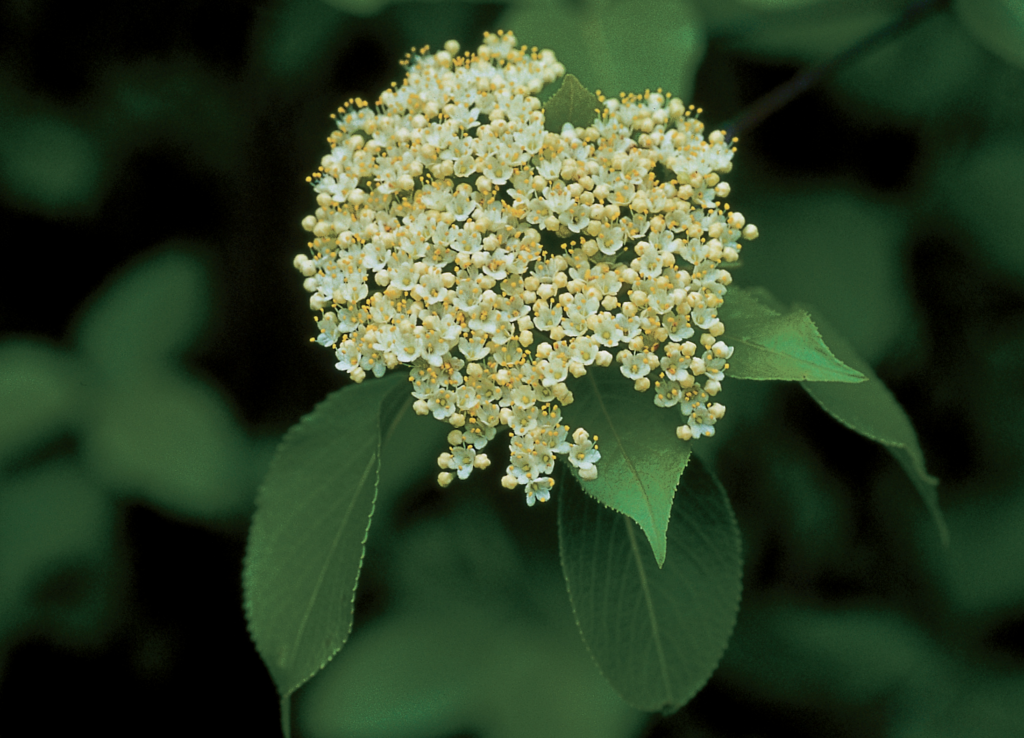
WHY DO TREES LOSE THEIR LEAVES?
Losing leaves is more than a happy accident. It’s an evolutionary adaptation. Losing leaves each fall has a few advantages for trees: the fallen leaves are effectively natural fertilizer for the tree and the wider forest, and the leaves can also insulate roots and smaller trees, providing some protection in the winter. Many other animals and fungi also depend on fallen leaves as shelter, a food source, construction material, and more.
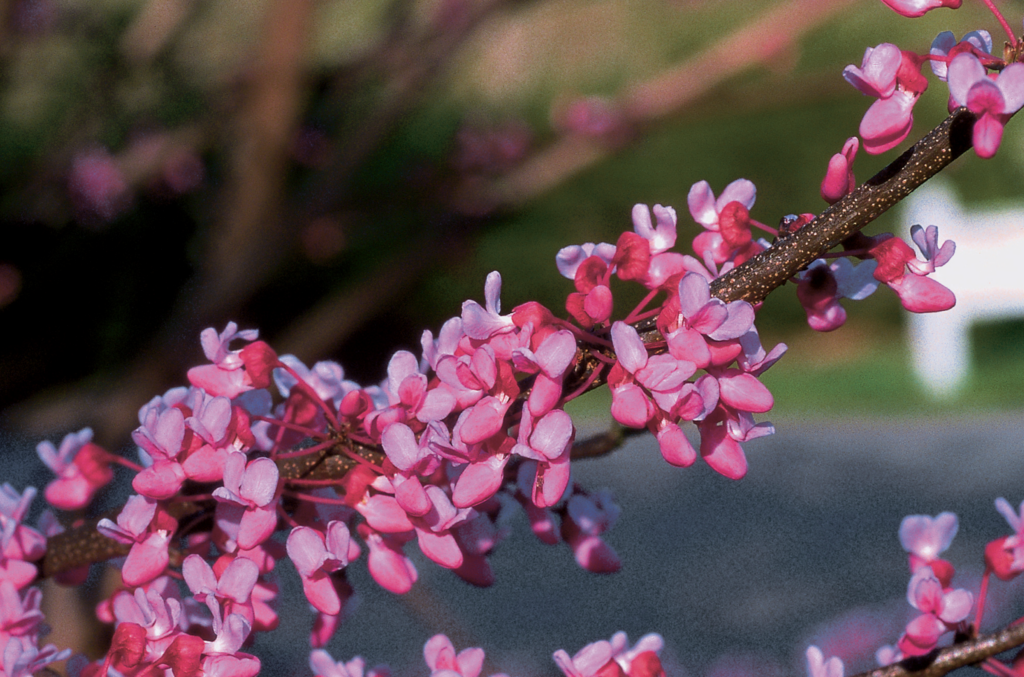
About the author: Naturalist, wildlife photographer, and writer Stan Tekiela has published more than 175 field guides, nature books, children’s books, wildlife audio CDs, puzzles, and playing cards, presenting many species of birds, mammals, reptiles, amphibians, trees, wildflowers, and cacti in the United States. With a Bachelor of Science degree in Natural History from the University of Minnesota and as an active professional naturalist for more than 30 years, Stan studies and photographs wildlife throughout the United States and Canada. He has received various national and regional awards for his books and photographs.
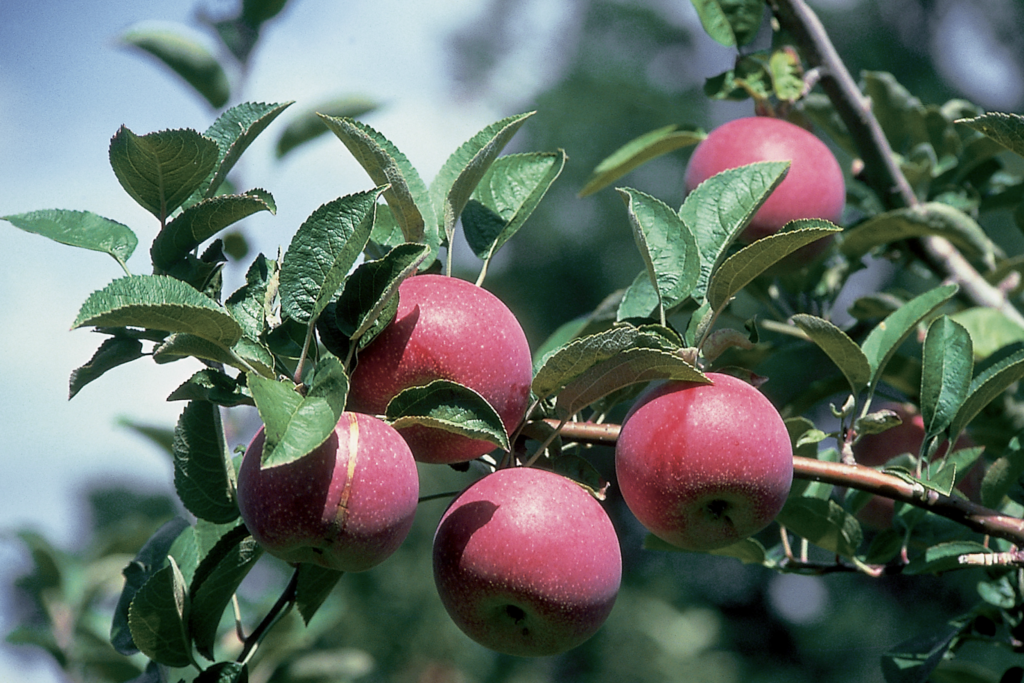
Also a well-known columnist and radio personality, Stan’s syndicated column appears in more than 25 newspapers, and his wildlife programs are broadcast on a number of Midwest radio stations. Stan can be followed on Facebook and Twitter. He can be contacted via www.naturesmart.com.
As of September 3rd, the Trees of New England Field Guide will be available wherever books are sold. Pre-order your copy HERE!
For more stories about wildlife and nature, sign up for our newsletter now! #bewellbeoutdoors


